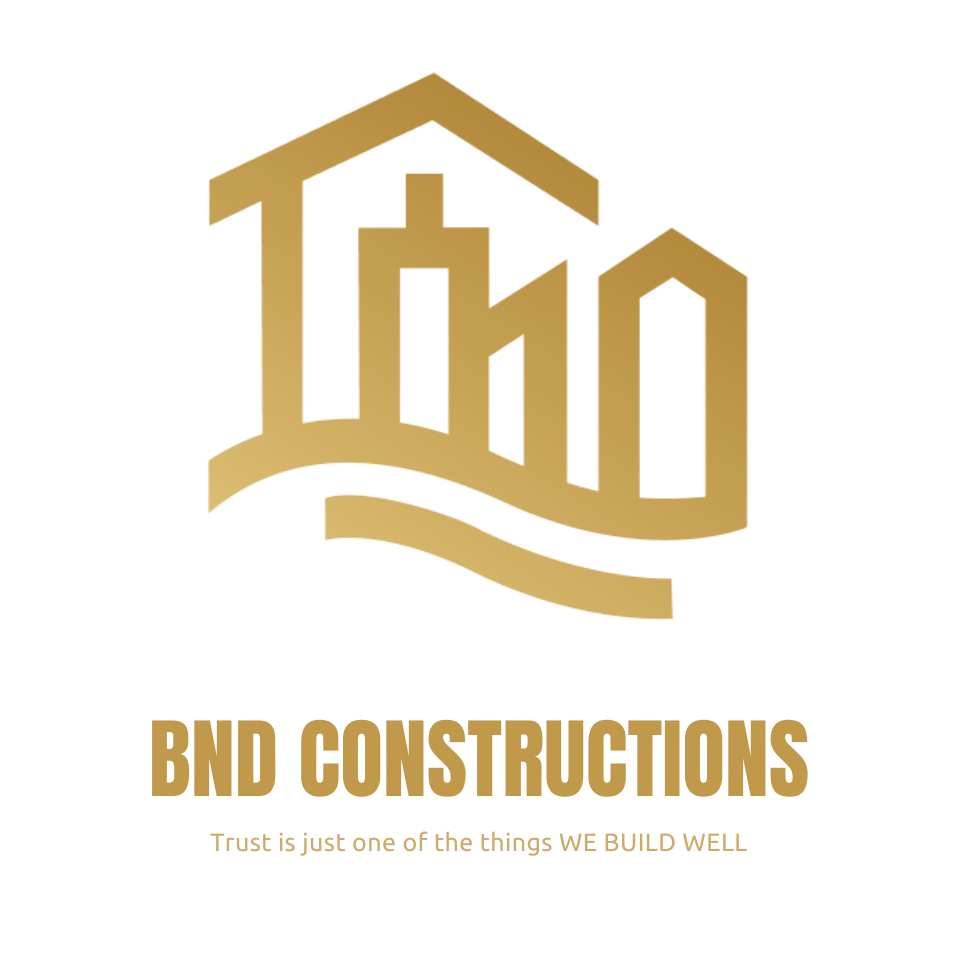Australian Building Permit Process: DA & CC Stages
Navigating the building permit process in Australia can be complex. At BND Construction, we guide you through every essential stage, ensuring your project complies with all local regulations and proceeds smoothly from concept to completion. Understanding the Development Application (DA) and Construction Certificate (CC) process is crucial for a successful build.
🔹 1. Development Application (DA)
-
Purpose: To seek approval from the local council for a proposed development or major construction project.
-
Required documents:
-
Preliminary architectural drawings.
-
Environmental Impact Statement (if required).
-
Description of land use, building height, floor space ratio, site coverage, etc.
-
-
Outcome: If approved → DA Approval (often with conditions).
🔹 2. Construction Certificate (CC)
-
Purpose: To certify that the detailed design complies with the National Construction Code (NCC) and other technical standards.
-
Required documents:
-
Detailed structural, mechanical, electrical, and fire safety drawings.
-
Engineer’s compliance certificates.
-
Building Code of Australia (BCA) compliance report.
-
-
Authority: Issued by either the local council or an accredited Private Certifier.
-
Outcome: With a CC in hand, the developer is legally allowed to commence construction.
🔹 3. Building Permit / Construction Commencement
-
After obtaining the CC, the builder must notify the council or certifier before starting work.
-
Steps include:
-
Lodging a Notice of Commencement.
-
Paying required levies and bonds.
-
Providing proof of insurance (e.g., Home Building Compensation Fund for residential projects).
-
🔹 4. Inspections During Construction
-
Mandatory inspections at key stages, typically including:
-
Excavation and footings.
-
Concrete slab.
-
Framing.
-
Installation of services (electrical, plumbing, fire safety).
-
Final completion checks.
-
🔹 5. Occupation Certificate (OC)
-
Purpose: To confirm that the completed building is safe and suitable for occupation.
-
Outcome: The building may legally be occupied and used as intended.
-
Requirements:
-
Construction matches the DA + CC/CDC approvals.
-
Compliance with safety and building regulations.
-
